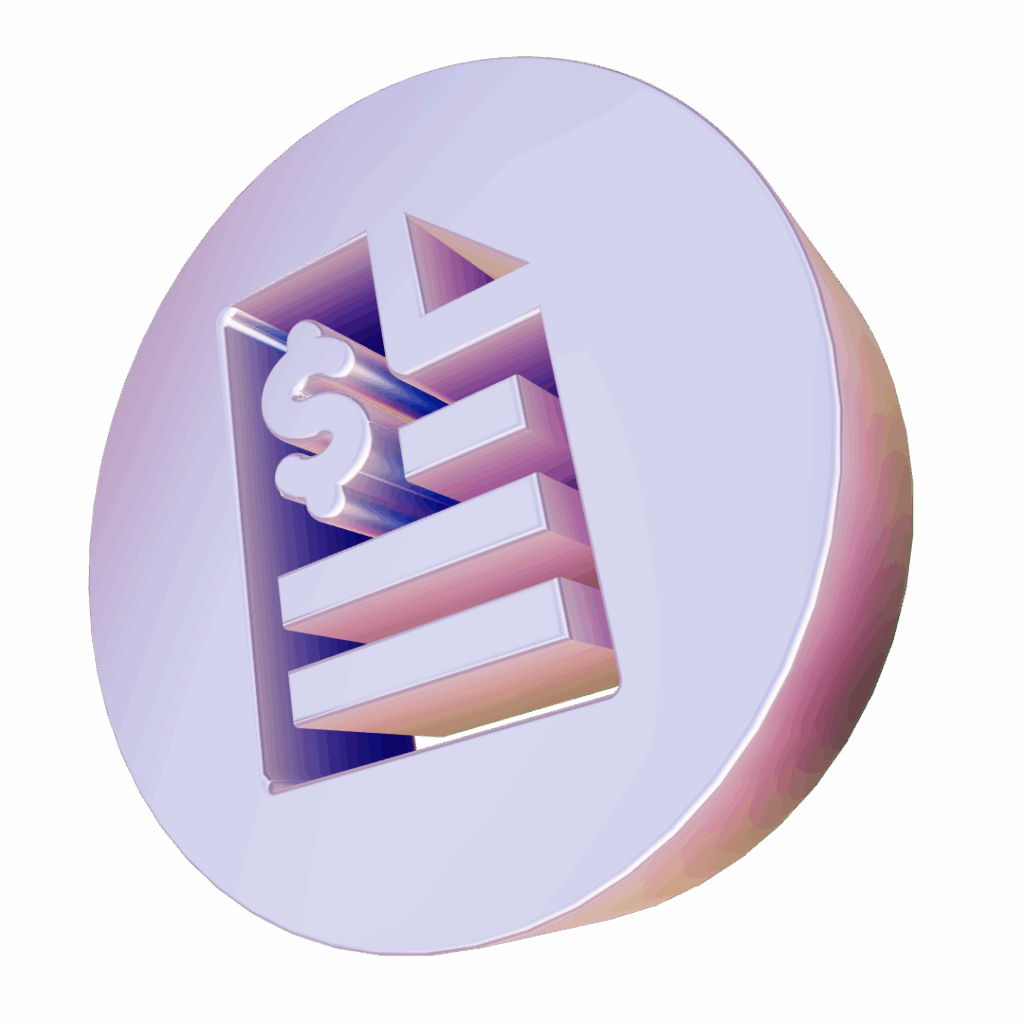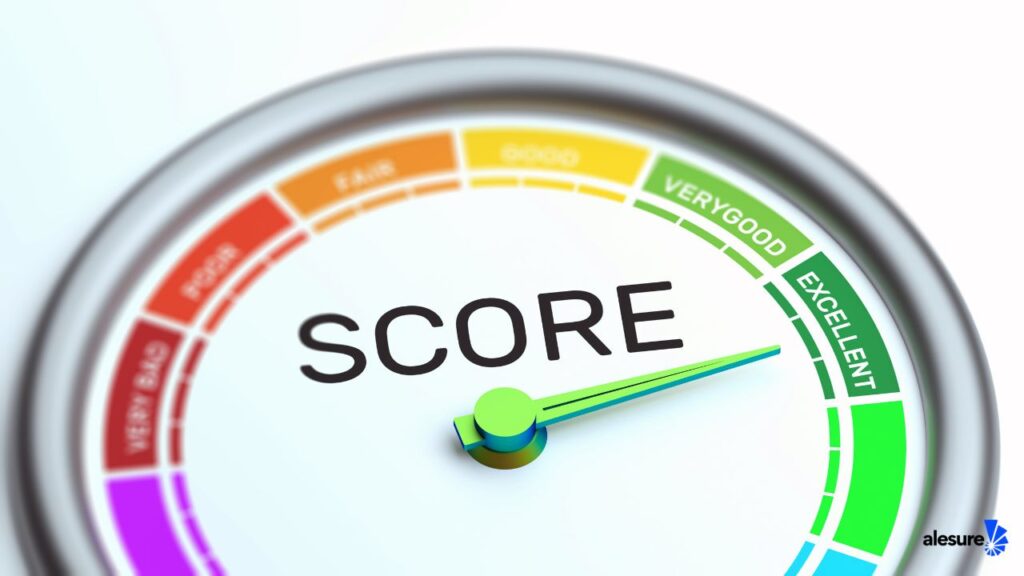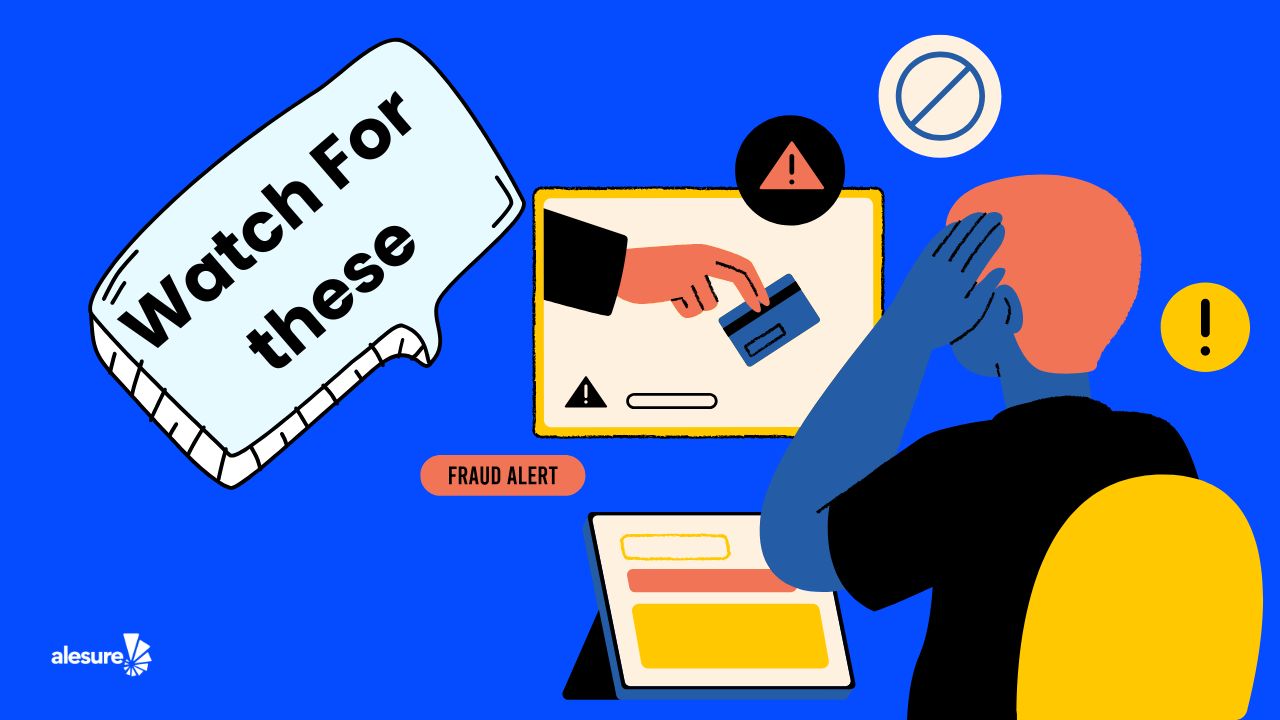Paying off debt isn’t just about discipline, it’s also about strategy. When high-interest credit card balances pile up, borrowers often look for ways to reduce the cost of carrying debt. Two of the most popular options are balance transfer credit cards and personal loans. Both can save you money, but they operate very differently, and the better choice depends on your financial situation.
In this Article by Alesure team, we will explore how balance transfers and personal loans work, their pros and cons, and when each option might save you the most.
How Credit Card Balance Transfers Work?
A balance transfer allows you to move credit card debt onto a new card with a promotional interest rate, often 0 percent, for a limited time. This can be anything from 5 to 12 months. This window gives you a chance to pay down the principal balance without accruing additional interest.
For example, if you owe $10,000 and transfer it to a card with an 12-month 0 percent offer and a 3 percent transfer fee, you’ll pay $300 up front. To be debt-free before the promotional period ends, you’d need to pay about $572 each month. If you succeed, you’ll pay no interest at all.
However, the strategy comes with risks. If you fail to clear the balance before the promotion expires, the remaining debt will begin to accrue interest at the card’s standard APR, which may exceed 20 percent.

We recommend choosing the balance transfer if you’re confident you will be paying the balance before the promo period ends, otherwise you’ll be paying a hefty interest charge on top of your debt.
How Personal Loans Work
Personal loans, by contrast, are installment loans with fixed monthly payments and terms typically ranging from two to seven years. Interest rates depend on your credit score and history but are usually lower than credit card APRs.
Let’s return to the $10,000 example. If you take a three-year loan at 10 percent APR, your monthly payment will be around $323. By the time the loan is repaid, you’ll have paid roughly $1,600 in interest. It’s not as cheap as a balance transfer offer, but the trade-off is predictability and peace of mind.

Because the payments are fixed, you won’t face sudden increases in interest, and you’ll know exactly when your debt will be eliminated.
Keep in mind that in some cases, a personal loan is your only option, specially when your credit cards are maxed out since getting a new balance transfer capable card can be very difficult.
The Key Advantages and Drawbacks
Both balance transfers and personal loans have strengths and weaknesses. Here are a few important points to remember when choosing one:
Balance Transfers
- Very low or even 0% APR during the promo period
- Excellent for smaller balances that can be paid quickly
- May come with a 3–5% transfer fee
- Risk of high interest charges if balance remains after promo ends
Personal Loans
- Fixed interest rates and predictable monthly payments
- Longer repayment horizons (2–7 years)
- Often available in higher amounts than credit card limits
- Interest is unavoidable, even if lower than credit cards
Credit Score Effects
Your current credit score and history plays a massive role in which one of these solutions you can access and also how will it effect your score after you use them.
If you qualify for a new balance transfer card, your credit score might temporarily drop due to a new inquiry but it will reduce your credit utilization which can quickly offset this effect and even improve your score over time.

On the other hand, a personal loan can improve your score by converting revolving debt into installment debt, diversifying your credit mix, and lowering utilization. Both of these have a positive effect and significantly outweight the negative effect of a new inquiry on your credit report.
Final Verdict
Neither option is universally better. Balance transfers are unbeatable for disciplined borrowers who are sure they can eliminate debt within a short window, while personal loans are better suited for those with larger balances, longer timelines, or a preference for predictable repayment. The choice comes down to your repayment habits, ability to pay, income and financial goals.
Used wisely, either option can accelerate your journey toward becoming debt-free. The mistake is choosing one without realistically assessing whether you can meet its requirements.




